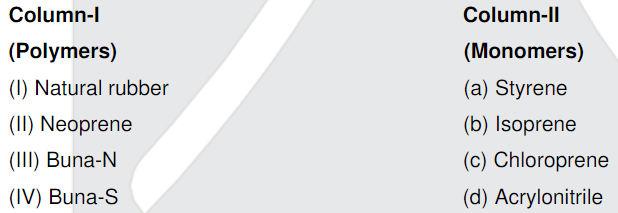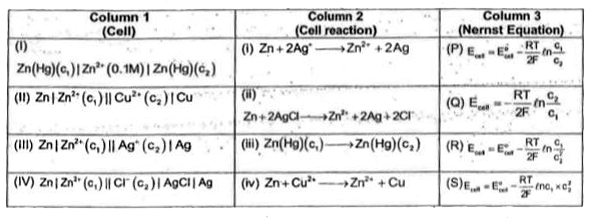In which of the following both pairs have correct combination ?
In situ conservation : Seed Bank
Ex situ conservation : National Park
In situ conservation : tissue caulture
Ex situ conservation : sacred groves
In situ conservation : National Park
Ex situ conservation: Botanical Garden
In situ conservation: Cryopreservation
Ex situ conservation : Wildlife Sanctuary
The correct Answer is:C
To solve the question, we need to identify which of the given options correctly pairs in-situ and ex-situ conservation methods with their appropriate examples. Here’s a step-by-step breakdown of the solution:
Step 1: Understand In-situ and Ex-situ Conservation
- In-situ Conservation: This method involves protecting species in their natural habitats. Examples include national parks, biosphere reserves, and sacred groves.
- Ex-situ Conservation: This method involves removing species from their natural habitats and providing them with special care in controlled environments. Examples include botanical gardens, zoological parks, and cryopreservation.
Step 2: Analyze Each Option
Now, let's evaluate each option provided in the question:
1. Option A: In-situ conservation - Seed bank; Ex-situ conservation - National park.
- Analysis: Incorrect. Seed banks are ex-situ conservation methods, while national parks are in-situ.
2. Option B: In-situ conservation - Tissue culture; Ex-situ conservation - Sacred groves.
- Analysis: Incorrect. Tissue culture is an ex-situ method, while sacred groves are in-situ.
3. Option C: In-situ conservation - National park; Ex-situ conservation - Botanical garden.
- Analysis: Correct. National parks are in-situ conservation areas, and botanical gardens are ex-situ conservation areas.
4. Option D: In-situ conservation - Cryopreservation; Ex-situ conservation - Wildlife sanctuary.
- Analysis: Incorrect. Cryopreservation is an ex-situ method, while wildlife sanctuaries are in-situ.
Step 3: Identify the Correct Answer
After analyzing all the options, we find that Option C is the only one where both pairs have the correct combination.
Final Answer
The correct answer is Option C: In-situ conservation - National park; Ex-situ conservation - Botanical garden.
---
- In-situ Conservation: This method involves protecting species in their natural habitats. Examples include national parks, biosphere reserves, and sacred groves.
- Ex-situ Conservation: This method involves removing species from their natural habitats and providing them with special care in controlled environments. Examples include botanical gardens, zoological parks, and cryopreservation.
Now, let's evaluate each option provided in the question:
- Analysis: Incorrect. Seed banks are ex-situ conservation methods, while national parks are in-situ.
- Analysis: Incorrect. Tissue culture is an ex-situ method, while sacred groves are in-situ.
- Analysis: Correct. National parks are in-situ conservation areas, and botanical gardens are ex-situ conservation areas.
- Analysis: Incorrect. Cryopreservation is an ex-situ method, while wildlife sanctuaries are in-situ.
After analyzing all the options, we find that Option C is the only one where both pairs have the correct combination.
The correct answer is Option C: In-situ conservation - National park; Ex-situ conservation - Botanical garden.
Similar Questions
Knowledge Check
Which of the following pairs is not correct ?
AE. Haecker−coined the term ,EcologyBTansley−Coined the term 'EcosystemCR. Mishra−Father of indian EcologyDNone of theseWhich of the following pairs is correct ?
AMitochondria-AcrosomeBDNA synthesis -RibosomesCRNA synthesis- Okazaki fragmentsDProtein synthesis - Rough endoplasmic reticulumWhich of the following pairs is correct ?
AMakbara of Hoshangabad - BhopalBMakbara of Nawab Hasan - ManduCMakbara of Gaus Mohammed - ShivpuriDSamadhi of Jhalkaribai - Mandla

Which of the following combination is correct:
View Solution
Which of the following combination is correct:
View Solution
Which of the following combination is correct?
View Solution
Which of the following combination is correct?
View Solution
Which of the following combination is correct?
View Solution


